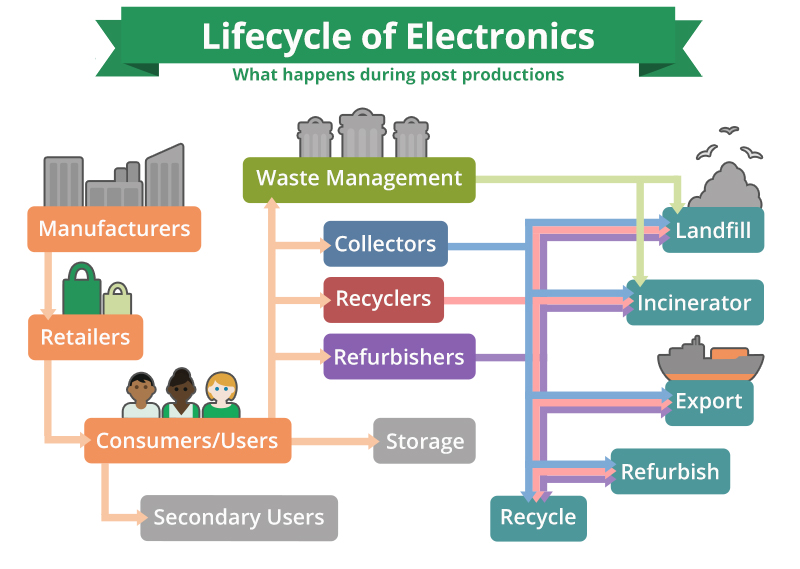A Biased View of Recycling Lives Services
A Biased View of Recycling Lives Services
Blog Article
The Basic Principles Of Recycling Lives Services
Table of ContentsThe Main Principles Of Recycling Lives Services Indicators on Recycling Lives Services You Need To KnowRecycling Lives Services - An OverviewWhat Does Recycling Lives Services Mean?5 Simple Techniques For Recycling Lives Services

Furthermore, all Oxfordshire local authorities accept vapes and e-cigarettes as a different kerbside collection. Disposable vapes be placed inside your wheelie bins. Exactly how they are accumulated in each area differs somewhat; examine you have the appropriate details for your area. Use the Waste Wizardsearch tool to inspect just how your local authority accumulates this waste or locate other drop-off places in your location.
Portable batteries the kind you discover in little portable tools can additionally be reused at the kerbside yet not inside any of your bins. Larger shops that sell batteries also have collection points for recycling old batteries.
See This Report about Recycling Lives Services
Older-style filament or halogen light bulbs can be disposed of in your basic rubbish bin at home. Some Do it yourself shops additionally have collection points for light bulbs.

Not known Facts About Recycling Lives Services
Electric items are broken down right into separate pasts so that the different products they are made up of can be eliminated and recycled. Waste reusing centres are for usage by householders just and can not approve waste from industrial resources.
E-waste, electronic waste, e-scrap and end-of-life electronics are terms typically made use of to explain utilized electronics that are nearing completion of their valuable life, and are disposed of, given away or given to a recycler. The UN specifies e-waste as any type visit the site of disposed of items with a battery or plug, and features hazardous and hazardous substances such as mercury, that can pose extreme risk to human and ecological health.
Unknown Facts About Recycling Lives Services
Just 17.4% of this electronic waste, having a mix of damaging materials and valuable products, will be taped as being properly collected, treated and recycled - https://qualtricsxm9gzpsf5mz.qualtrics.com/jfe/form/SV_bdbAcgg0quyqKaO. Lots of campaigns are taken on to tackle this expanding problem, however none can be completely effective without the energetic role and right education and learning of customers

Mining thrown out electronics creates 80% much less discharges of carbon dioxide per unit of gold contrasted with mining it from the ground. In 2015, the extraction of raw materials represented 7% of the globe's energy usage. This suggests that moving towards the usage of even more second basic materials in electronic items could aid considerably in getting to the targets set out in the Paris Agreement on environment adjustment.
The Recycling Lives Services PDFs
When the carbon dioxide released over a device's lifetime is thought about, it predominantly happens during manufacturing, before customers purchase an item. This makes reduced carbon procedures and inputs at the manufacturing phase (such as usage recycled raw materials) and item life time key determinants of overall environmental impact.
Also in the EU, which leads the globe in e-waste recycling, simply 35% of e-waste is formally reported as appropriately gathered and reused. The lack of reusing evaluates heavily on the international electronic sector and as devices become much more many, smaller and much more complicated, the issue escalates.
The continuing to be mass of e-waste primarily plastics tied with metals and chemicals poses a much more intractable problem. A new vision for the manufacturing and usage of electronic and electrical goods is required. It is easy for e-waste to be mounted as a post-consumer problem, yet the concern encompasses the lifecycle of the gadgets everybody makes use of.
Report this page